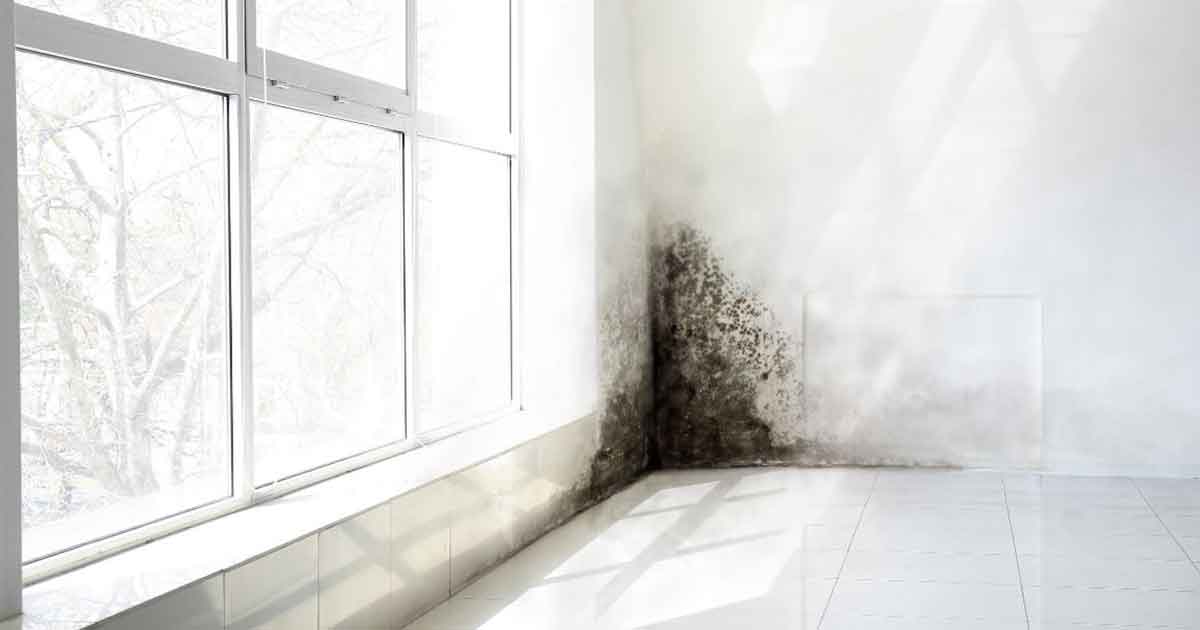True Cellular Formulas Team - November 19, 2024
Is Your Kitchen Making You Sick?
Top Toxic Items to Swap Out Today

Your kitchen is meant to be a safe haven where nutritious meals are prepared for your family. However, some of the most commonly used kitchen tools may expose you to harmful chemicals, microplastics, and toxins. These hidden dangers can accumulate in your body over time, leading to health issues such as hormone disruption, liver stress, and even long-term oxidative damage. Thankfully, simple, non-toxic alternatives can transform your kitchen into a healthier space.
In this article, we’ll discuss three toxic kitchen items that could compromise your well-being and how to replace them with safer options.
1. Silicone-Coated Parchment Paper: Is It Safe?
Parchment paper is a kitchen staple for baking and roasting, but many brands coat their paper with silicone. While silicone is often touted as safe, research suggests it can release siloxanes, a group of chemicals that may disrupt hormones and stress the liver, even at temperatures as low as 212°F.[1]
Why It Matters: Siloxanes have been linked to endocrine disruption, which can interfere with hormone regulation and impact overall health. They can also accumulate in the liver, posing long-term risks to detox pathways.
The Alternative: To keep your cooking free of harmful chemicals consider these swaps:
- Butcher Paper: A natural, uncoated option for high-heat baking and roasting.
- Unbleached Wax Paper with Natural Coatings: Ideal for food storage and low-heat applications.
- Beeswax Wraps: These reusable wraps are a non-toxic, sustainable solution for covering food.
Switching to these safer options eliminates unnecessary siloxane exposure while maintaining your kitchen's functionality.
2. Plastic Cutting Boards: A Source of Microplastics in Your Food
Plastic cutting boards are convenient and widely available, but they come with hidden risks. Every time you use a knife on a plastic board, tiny fragments of plastic—known as microplastics—can be released into your food. Research has shown that these particles can migrate from cutting boards into your prepared meals, increasing the growing concern over microplastic exposure.[2]
Why It Matters: Microplastics have been detected in human blood, organs, and even breast milk. Emerging evidence links them to inflammation, oxidative stress, and disruptions in cellular health, all of which can strain your body’s natural detox pathways.
The Alternative: Upgrade to these safer, longer-lasting cutting boards:
- Hardwood Cutting Boards: Durable and naturally antimicrobial, hardwood boards are free from plastics and can be maintained with beeswax or food-grade oils.
- Bamboo Cutting Boards: A sustainable option that resists bacteria and holds up well over time.
Choosing non-toxic materials reduces your exposure to microplastics and supports cellular health by minimizing oxidative stress.
3. Nonstick Pans: A Hidden Source of PFAS and Nanoparticles
Nonstick pans are a go-to for convenience, but even “safer” coatings like ceramic or titanium can leach nanoparticles when scratched or overheated. Older Teflon coatings are particularly harmful, as they release toxic fumes at high temperatures and degrade into compounds linked to serious health issues.[3]
Why It Matters: Many nonstick coatings contain PFAS (per- and poly-fluoroalkyl substances), which are persistent in the environment and in the human body. PFAS exposure has been associated with hormonal imbalances, liver damage, and increased cancer risks, making them a significant concern for long-term health.
The Alternative: Replace nonstick cookware with these non-toxic options:
- Carbon Steel or Cast Iron: Naturally nonstick when seasoned, these materials are free of coatings and provide excellent cooking performance.
- Stainless Steel: A durable and versatile option that doesn’t leach harmful chemicals into food.
By choosing cookware free from harmful coatings, you can protect your body from unnecessary exposure to toxic compounds while maintaining excellent cooking results.
Conclusion
Your kitchen should support your health, not undermine it. Small, thoughtful
changes—like swapping out silicone-coated parchment paper, plastic cutting boards, and nonstick pans—can
significantly reduce exposure to harmful substances and support your body’s natural detox pathways. At True
Cellular Formulas, we’re passionate about empowering individuals to make informed choices prioritizing cellular
health and long-term wellness. Start making these easy swaps today for a healthier, toxin-free kitchen.
- Woźnica, Marcin, et al. “A Fusion of Molecular Imprinting Technology and Siloxane Chemistry: A Way to Advanced Hybrid Nanomaterials.” Nanomaterials, vol. 13, no. 2, Jan. 2023, p. 248.
- Yadav, Himani, et al. “Cutting Boards: An Overlooked Source of Microplastics in Human Food?” Environmental Science & Technology, vol. 57, no. 22, June 2023, pp. 8225–35.
- Sajid, Muhammad, and Muhammad Ilyas. “PTFE-Coated Non-Stick Cookware and Toxicity Concerns: A Perspective.” Environmental Science and Pollution Research International, vol. 24, no. 30, Oct. 2017, pp. 23436–40.



